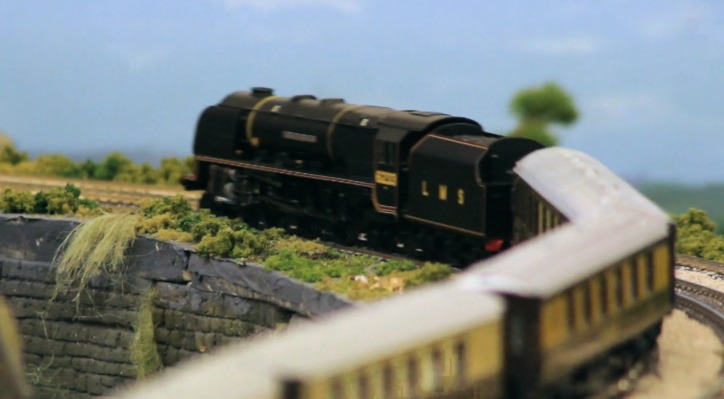Make a miniature
Make a miniature terrarium in a clear container using soil, small plants, pebbles, and tiny decorations to learn about ecosystems and care.



Step-by-step guide to make a miniature terrarium
Learn how to plant a seed for kids | Joy Kids
Step 1
Gather all your materials and bring them to a clear workspace where you can make a little mess.
Step 2
Wash and dry your clear container so it is clean and ready to use.
Step 3
Pour a 1 to 2 centimeter layer of pebbles into the bottom of the container for drainage.
Step 4
Sprinkle a thin pinch of activated charcoal over the pebbles to help keep the terrarium fresh.
Step 5
Add potting soil on top of the charcoal until it reaches about two finger-widths below the top of the container.
Step 6
Use your finger or the spoon to make a small hole in the soil for your first plant.
Step 7
Carefully remove one plant from its nursery pot by loosening the sides and tipping it out.
Step 8
Place that plant into the hole you made and gently press soil around its roots to hold it in place.
Step 9
Repeat making holes remove plants and place them until all your plants are in the terrarium.
Step 10
Arrange small decorations on the soil surface to make a tiny garden scene.
Step 11
Lightly mist or water the soil so it is slightly damp but not soggy.
Step 12
Put your terrarium in a spot with bright indirect light where it will not get too hot.
Step 13
Check the topsoil once a week by touching it to see if it feels dry.
Step 14
Water gently only when the topsoil feels dry to keep your little ecosystem healthy.
Step 15
Take a picture of your finished terrarium and share your creation on DIY.org
Final steps
You're almost there! Complete all the steps, bring your creation to life, post it, and conquer the challenge!


Help!?
If I can't find activated charcoal, what can I use instead for the thin pinch over the pebbles?
Substitute horticultural charcoal, crushed aquarium carbon, or finely crushed clean barbecue charcoal as the thin pinch over the pebbles to help keep the terrarium fresh.
My plants keep tipping over or the soil gets compacted when I press it around the roots—how do I fix that?
Make the pebble drainage layer a bit deeper, add slightly less potting soil, use the spoon or your finger to hold the plant in place, and press the soil gently around the roots instead of packing it hard to prevent tipping and compaction.
How can I adapt this terrarium activity for different age groups?
For younger kids have an adult pre-measure and layer pebbles, charcoal, and soil and let them place one larger plant and a single decoration with supervision, while older kids can pot multiple small plants, arrange detailed miniatures, and experiment with sealed versus open terrariums to observe humidity differences.
What are some ways to personalize or extend the terrarium after arranging decorations and lightly misting the soil?
Personalize your tiny garden by adding miniature figures, labeled plant tags, moss or colored sand layers, battery-operated fairy lights, or themed decorations and then take a picture to share on DIY.org.
Watch videos on how to make a miniature terrarium
Step-by-step Planting Guide | Every Child a Seed Programme
Facts about indoor gardening for kids
💧 A sealed terrarium makes its own little water cycle: evaporation, condensation, and rain — so it can go months or even years without extra watering.
🌵 Many succulents store water in their leaves and prefer dry, bright conditions — they usually do better in open terrariums than sealed ones.
🌿 Mosses are non-vascular plants that thrive in humid, low-light spots, which makes them perfect for many terrariums.
🎩 Terrariums became a Victorian craze — people loved displaying tiny glass gardens in their homes!
🧪 The Wardian case, invented in the 19th century, was an early sealed plant container that helped transport plants around the world.
How do you make a miniature terrarium?
What materials do I need for a miniature terrarium?
What ages is this miniature terrarium activity suitable for?
What are the benefits and safety tips for making a miniature terrarium?


One subscription, many ways to play and learn.
Only $6.99 after trial. No credit card required



